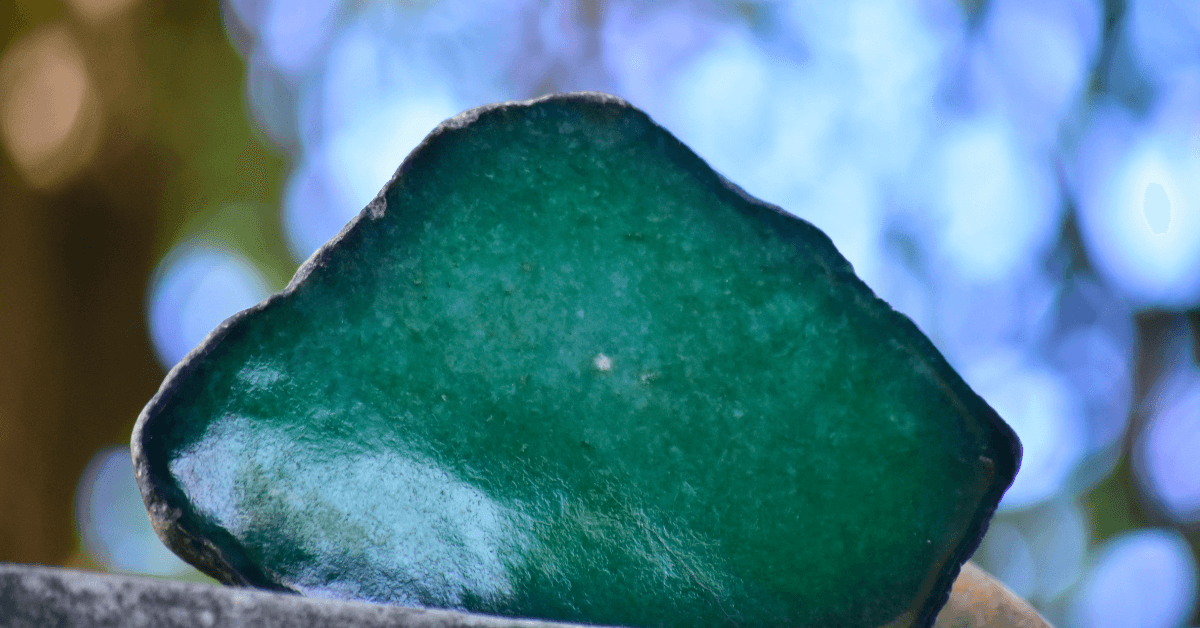The Allure of Ancient Jade: Exploring the History and Value of This Treasured Gemstone

Jade has been a prized gemstone in China for thousands of years, valued for its beauty, durability, and symbolism. In fact, the Chinese have a saying, “Gold has a price; jade is priceless.” From the earliest dynasties to the present day, jade has played an important role in Chinese culture, art, and commerce. In this post, we’ll explore the fascinating history and value of ancient jade, as well as its unique characteristics in different dynasties.
The History of Jade in China
Jade has been mined in China since the Neolithic period, around 8000-5000 BCE. Ancient people believed that jade had magical properties, including protection from evil spirits and promotion of good health and prosperity. Jade objects were used for religious, ceremonial, and funerary purposes, as well as for personal adornment and as symbols of power and status.
During the Shang dynasty (1600-1046 BCE), jade was considered the “imperial gem,” and was used to create precious objects for the royal family and high-ranking officials. Jade burial suits, made of thousands of small jade tiles sewn together with gold wire, were believed to protect the body in the afterlife. The Zhou dynasty (1046-256 BCE) continued the tradition of jade carving, producing intricate pieces such as belt hooks, pendants, and animal figurines.
In the Han dynasty (206 BCE-220 CE), jade became more widely available and affordable, leading to a proliferation of jade objects in both imperial and common households. Jade was also used for currency, with small jade disks known as “cash” used for transactions. In the Tang dynasty (618-907 CE), jade carving reached its peak of technical and artistic excellence, with intricate details and naturalistic forms.
The Value of Ancient Jade
Jade is valued for its beauty, durability, and rarity. The most prized jade is translucent and has a vivid green color, although other colors such as white, yellow, and lavender are also highly valued. Jade that has been carved into intricate shapes or with detailed designs is also more valuable.
In addition to its aesthetic value, jade is also valued as a symbol of power, wealth, and good fortune. In Chinese culture, jade is believed to promote health, longevity, and prosperity, and is often given as a gift for important occasions such as weddings and births.
The Beauty and Investment Value of Ancient Jade
Ancient jade is not only beautiful but also has significant investment value. As with any investment, the value of jade can fluctuate depending on market demand, scarcity, and quality. However, high-quality jade has historically held its value and even appreciated over time.
Investing in jade requires knowledge and expertise, as there are many factors that can affect the value of a jade object. These include the quality of the jade, the rarity of the object, the skill of the carver, and the historical significance of the piece.
The Unique Characteristics of Jade in Different Dynasties
Jade carving techniques and styles evolved over time, reflecting the cultural, social, and political changes of different dynasties. For example, jade objects from the Han dynasty are often more naturalistic and detailed, while jade objects from the Tang dynasty are more abstract and stylized.
Jade objects from the Song dynasty (960-1279 CE) are known for their simplicity and elegance, with delicate carvings and subtle color variations. Jade objects from the Ming dynasty (1368-1644 CE) are often larger and more ornate, with intricate designs and bold colors.
In conclusion, ancient jade is a treasured gemstone with a rich history and significant value.



